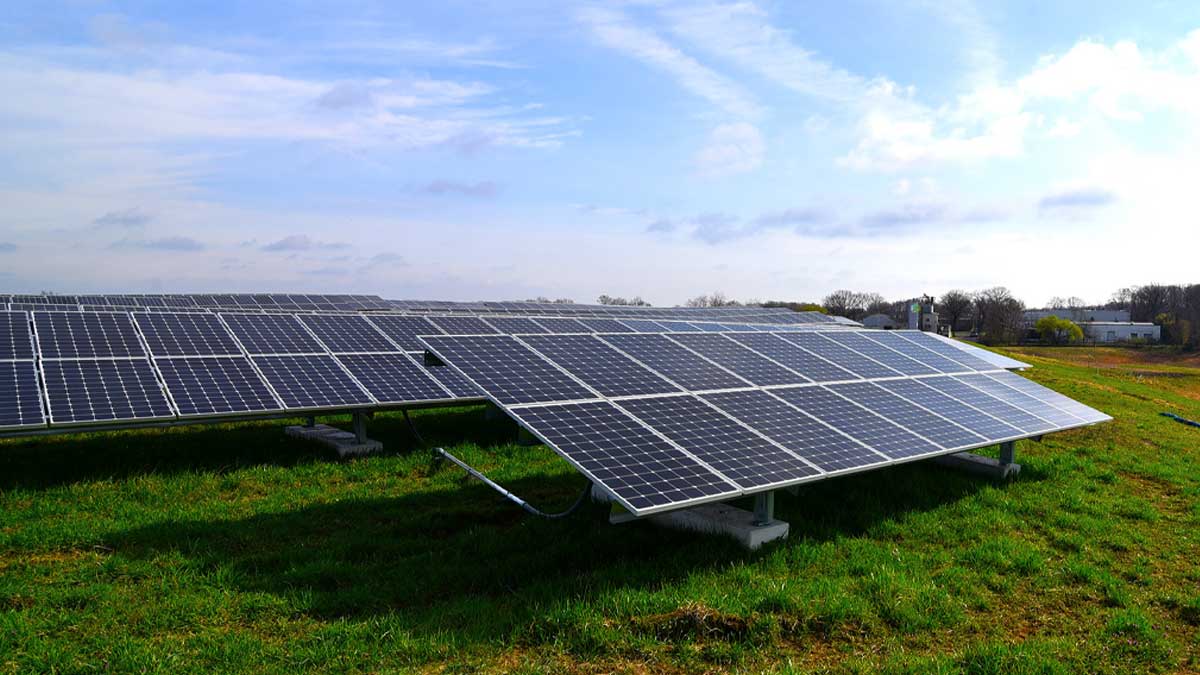In order to utilize green energy, Water and Sanitation Agency WASA is going to transform its critical five major disposal stations into solar power.
This idea was exposed by Wasa Managing Director Syed Zahid Aziz in an online presentation review meeting of all Wasas in Punjab. Salman Shah, Finance Adviser to Chief Minister Usman Buzdar chaired the online meeting. The summit also deliberated capacity-building disputes of all Wasas.
The meeting was joined by MD Gujranwala, Multan, Rawalpindi, Faisalabad, and other organizations.
Read more: PM Imran approves project to solarize tube wells in Balochistan
Zahid Aziz informed the members of the meeting that Wasa Lahore desired to transform five major disposal stations Sabzazar, Shadbagh, Baghbanpura, Farrukhabad, and Shadipura to solar power under PPP approach.
While speaking to the meeting, he conveyed Wasa Lahore has accepted global morals for its finance department, which were made by Ferguson & Co. He added Fincon’s facilities have been registered for the Financial Management Information System and their commendations were being executed in a phased manner.
Moreover, the Punjab government is establishing a governing organization for the Water Act 2019 for all water services according to international approaches of tariff rationalization, he continued and added that additionally, a new system under ADP worth Rs100million has already been accepted for Wasa Lahore’s solar power transformation project.
The MD also expressed the meeting that for rainwater maintenance and storage, 11 underground water tanks were being built in Lahore which has around 20 million gallons of rainwater storage capacity.
In addition, Syed Zahid Aziz added Wasa Lahore was also recuperating aquifer controls for water pumped out by 267 tube wells fitted in 310 private housing societies. He communicated to the meeting that Wasa Lahore has shifted its 14 disposal stations, 596 tube wells, 133 lift stations, 5864 water supply lines, 6 primary drains, 756,894 customer connections, 4974 sewerage lines, and an area of 350 sq km in the GIS map.





















